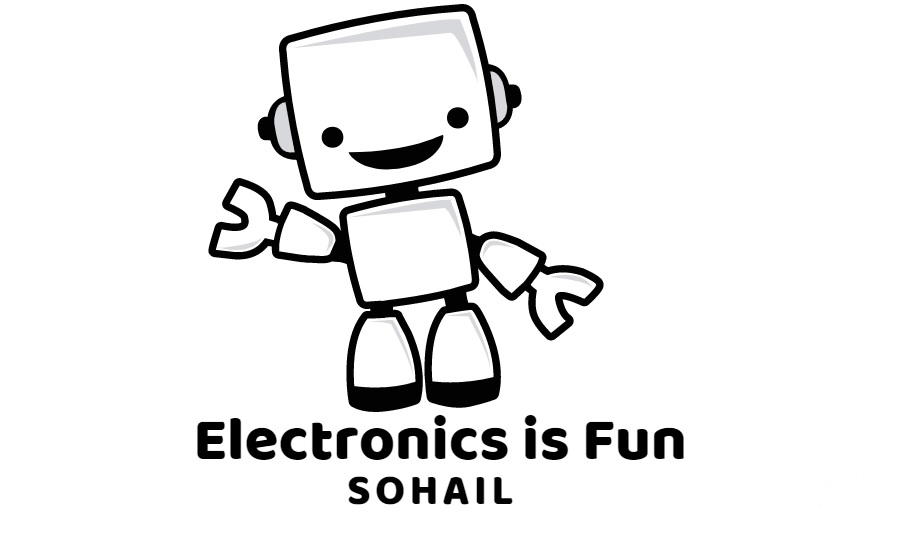What is Breadboard?
The breadboard is the bread-and-butter of DIY electronics. Breadboards allow beginners to get acquainted with circuits without the need for soldering, and even seasoned tinkerers use breadboards as starting points for large-scale projects.
With all the powerful and fun to use development boards out there, there’s a lot you can do without a breadboard. However, if you’re setting up small circuits for learning the basics of electronics or need a place for peripheral components, breadboard is a great tool to have.
A Breadboard is simply a board for building circuits on. It allows you to place components and you can make connections on the board to make circuits without soldering. The holes in the breadboard takes care of your connections by physically holding onto wires where you put them and electrically connecting them inside the board.
The ease of use and speed are great for learning and quick prototyping of simple circuits. Breadboard can't be used to make more complex circuits and high frequency circuits. Breadboard circuits are also not ideal for long term use like circuits built on perfboard (protoboard) or PCB (printed circuit board), but they also don’t have the soldering (protoboard), or design and manufacturing costs (PCBs).
Where does the name "breadboard" come from?
What are different types of Breadboard?
What is inside a breadboard?
The leads can fit into the breadboard because the inside of a breadboard is made up of rows of tiny metal clips. This is what the clips look like when they are removed from a breadboard.
When you press a component's lead into a breadboard hole, one of these clips grabs onto it.
Some breadboards are actually made of transparent plastic, so you can see the clips inside.
Most breadboards have a backing layer that prevents the metal clips from falling out. The backing is typically a layer of sticky, double-sided tape covered by a protective layer of paper. If you want to permanently "stick" the breadboard to something (for example, a robot), you just need to peel off the paper layer to expose the sticky tape underneath. In this picture, the breadboard on the right has had its backing removed completely (so you can see all the metal clips). The breadboard on the left still has its sticky backing, with one corner of the paper layer peeled up.
How to use Breadboard?
+ Rails are interconnected in Horizontal Pattern like in the figure below
- Rails are interconnected in Horizontal Pattern like in the figure below.
And all vertical Holes are used to connect components. The whole breadboard is divided into 2 halves. The divider is used to break the breadboard into 2 halves.
Conclusion :-
Breadboards are designed to work with through-hole electronic components. These components have long metal leads that are designed to be inserted through holes in a printed circuit board (PCB) that are plated with a thin copper coating, which allows the components' leads to be soldered to the board.
Breadboards do not work with surface mount components. These components have short, flat pins on their sides that are designed to be soldered to the surface of a printed circuit board, instead of through holes.
















0 Comments